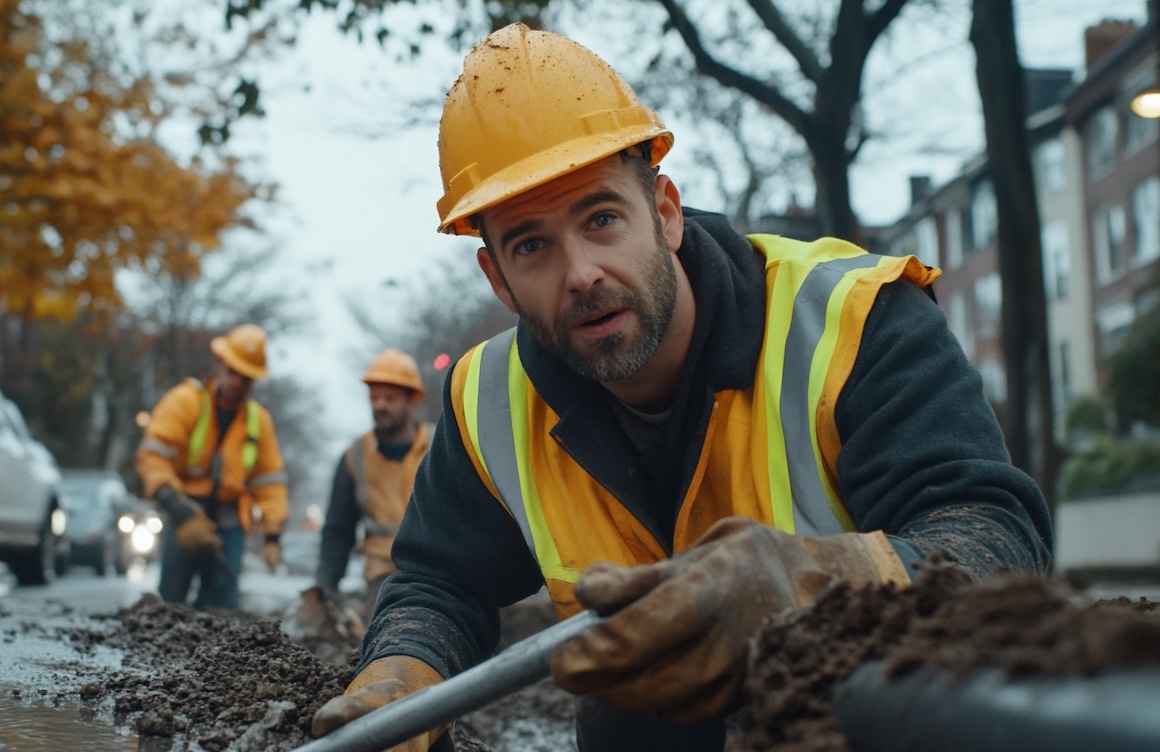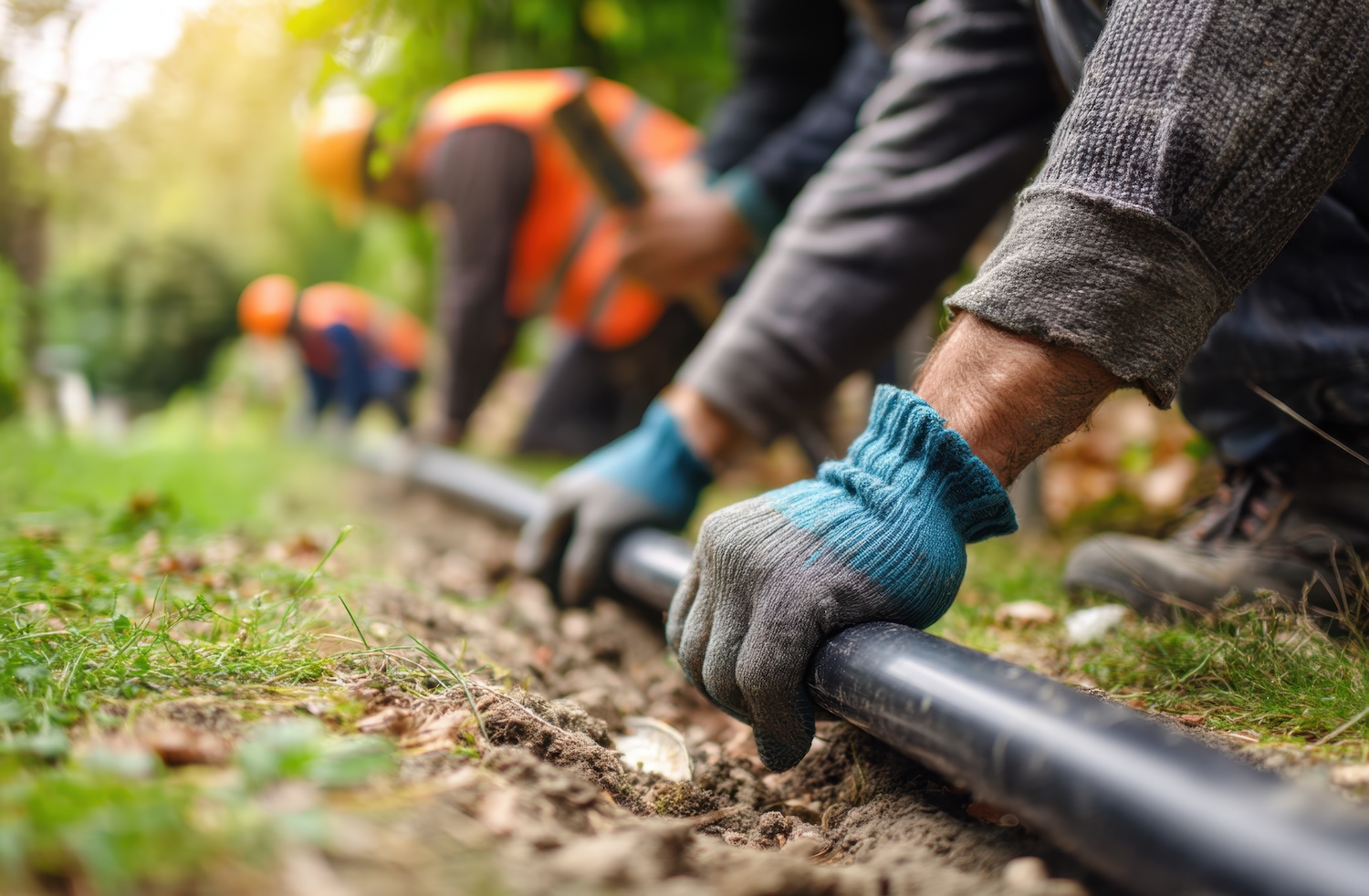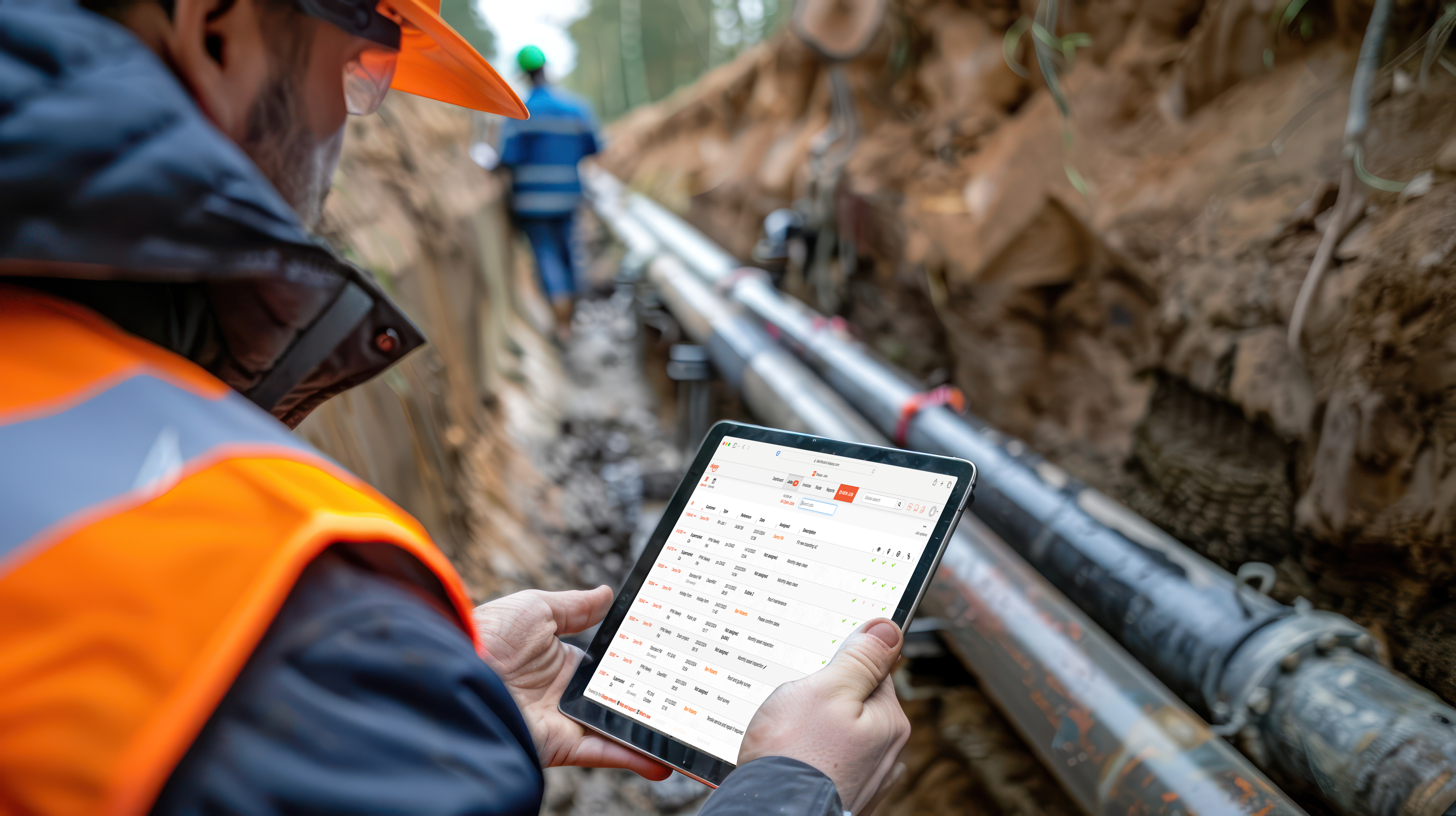The UK water industry is in the midst of a reckoning. With the government recently unveiling a major review into the sector, water companies and their subcontractors face a period of intense scrutiny, tighter regulation, and a demand for greater transparency.
The Independent Water Commission Review of the Water Sector is not just a blueprint for reform; it’s a wake-up call for everyone involved in water management—from the utilities at the top to the contractors and subcontractors who deliver services on the ground.
In the words of the report, “The water industry must rebuild trust by becoming transparent, accountable, and by delivering cleaner rivers and coasts.” This is more than a political statement—it is a clear signal that the entire supply chain will be expected to modernise and demonstrate its value.
Why the UK Water Sector Review Matters
Public dissatisfaction with the water industry has been growing. High-profile stories about sewage spills, infrastructure failures, and rising bills have damaged confidence. The government’s review aims to tackle these issues head-on by focusing on three main goals:
-
Rebuilding public trust through transparency and accountability.
-
Improving environmental performance, particularly around pollution and wastewater management.
-
Modernising infrastructure by investing in digital solutions and sustainable systems.
These reforms have far-reaching implications. For water utilities, this is a mandate to demonstrate that every pound of investment leads to measurable improvements. For subcontractors, this means stricter performance monitoring, more data sharing, and a push to deliver work that meets both operational and environmental standards.
What the Review Means for Subcontractors

Subcontractors are the hands and feet of the water industry. Whether you are repairing pipelines, conducting maintenance on pumping stations, or handling emergency drainage, your performance directly reflects on the water company that hired you.
The review signals that subcontractors will face:
-
Tighter compliance requirements: Utilities will need accurate, verifiable data to prove that all works are carried out to regulatory standards. Subcontractors should think about time-stamped reports, photographic evidence, and clear audit trails.
-
Higher safety and environmental expectations: With the focus on pollution reduction, contractors may need to document not just job completion, but also the environmental impact of their work.
-
Real-time communication demands: Delays in reporting or manual paperwork will no longer be acceptable. Utilities need immediate visibility into job status to respond to regulators and customers.
For many subcontractors, this means moving away from traditional ways of managing work—like phone calls, spreadsheets or clunky systems—and adopting the latest digital job management tools that integrate seamlessly with utility company systems.
The Utility Company Challenge

Utility companies are at the centre of these reforms. The review’s final recommendations state that, “Water companies must take a proactive role in modernising the sector, ensuring that supply chains are transparent and performance-driven.”
This requires utilities to rethink how they manage their extended workforce:
-
Supply chain visibility: Water companies must know exactly what is happening on-site, who is doing it, and when it’s completed.
-
Data-driven decision-making: Regulators and the public want evidence of improvements. Utilities need detailed, reliable data from their subcontractors to demonstrate performance.
-
Faster response times: With public and political scrutiny, there’s no room for delays caused by disconnected systems or poor communication with contractors.
Utilities cannot meet these challenges alone—they need subcontractors who are fully aligned, digitally connected, and capable of delivering information in real-time.
The Role of Digital Transformation
The government review highlights digital transformation as a critical step for the sector. It states, “The sector must embrace digital transformation to improve performance and accountability.”
This means moving beyond outdated processes and legacy systems and ensuring:
-
Real-time visibility of job progress and status.
-
Data sharing between utilities, contractors, and regulators.
-
Automated compliance reporting to avoid costly delays or errors.
For subcontractors, digital tools aren’t just a “nice-to-have”—they are likely to become the cost of entry for winning contracts with major utilities.
How Okappy Connects Utilities and Subcontractors

At Okappy, we’ve been championing a connected approach long before this review was published. Our job management platform is designed to eliminate the silos and inefficiencies that plague traditional utility workflows.
Here’s how we help:
-
Shared Job Management: Utilities can assign work directly to subcontractors in real time. Subcontractors can log updates, add photos, and capture signatures—all of which feed back into the utility’s dashboard instantly.
-
Complete Transparency: Every step of the job is documented, creating a clear audit trail that utilities can use to satisfy regulators and customers.
-
Simplified Compliance: Whether it’s an environmental inspection, a maintenance job, or an emergency response, Okappy’s platform makes reporting effortless and accurate.
With Okappy, utilities and subcontractors work as one connected network, rather than as separate entities trying to piece together data after the fact. This not only improves efficiency but also aligns with the government’s call for greater accountability.
Opportunities for Forward-Thinking Subcontractors
While the water sector reforms bring added pressure, they also create opportunities for those willing to adapt. Subcontractors who can demonstrate digital maturity will stand out when utilities look for partners capable of meeting new regulatory demands.
Imagine this scenario:
-
A drainage contractor uses Okappy to log every step of a repair job, complete with before-and-after photos, timestamps, and GPS tracking.
-
The utility company receives this data in real-time, enabling them to report to regulators instantly and prove compliance with environmental targets.
-
The contractor’s professionalism and transparency build trust, leading to repeat work and stronger relationships.
This is the kind of competitive advantage that will matter in the years ahead.
Final Thoughts
The UK government’s water sector review has set the tone for the future: greater accountability, modern infrastructure, and connected supply chains. As the report states, “Change is not optional. It is necessary to restore confidence and ensure the long-term sustainability of the water sector.”
For subcontractors and utilities, this is both a challenge and an opportunity. By embracing digital job management solutions like Okappy, you can ensure compliance, improve efficiency, and build the trust that regulators—and customers—demand.
Be the first to hear
Leave your email below to stay up to date with our latest tips, tricks and trends on all things business?






